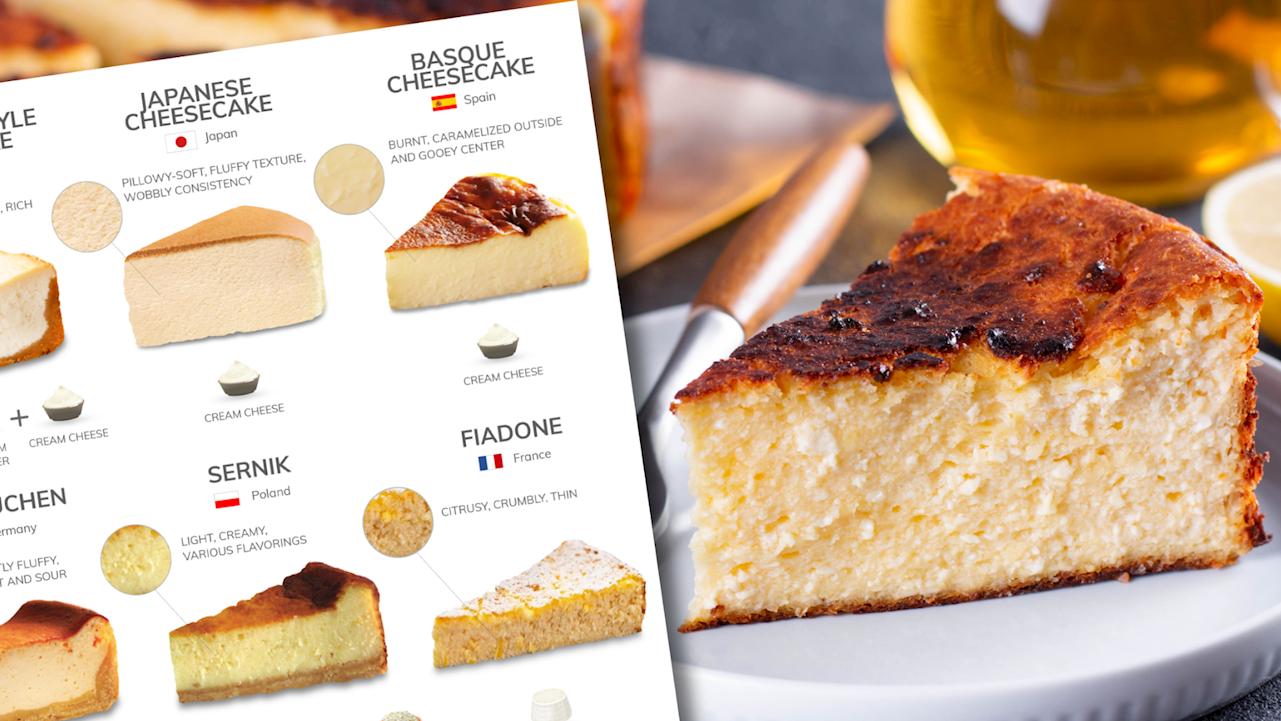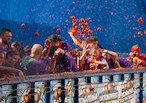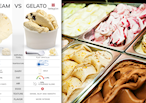Whether light and fluffy or rich and dense, a slice of cheesecake is an offer that is hard to say no to, no matter how full you are. And although cheese, the main ingredient, might imply that cheesecake is a simple dessert, there are a number of variations from around the world to choose from. Here’s a list of some of what the world has to offer when it comes to cheesecake.
Poland - Sernik
We can say that the Polish version is the most versatile of the group because there are no fixed parameters here — it can be crustless, have a bottom crust, or a bottom and top crust; anything goes.
The crust, when there is one, is typically crumbly or made with shortcrust pastry.
The cheese of choice is twaróg, a Polish cow’s milk cheese similar to ricotta, curd cheese, or farmer’s cheese. It is typically mixed with eggs, sugar, butter, some thickener, and traditionally, raisins, although they may be skipped completely.
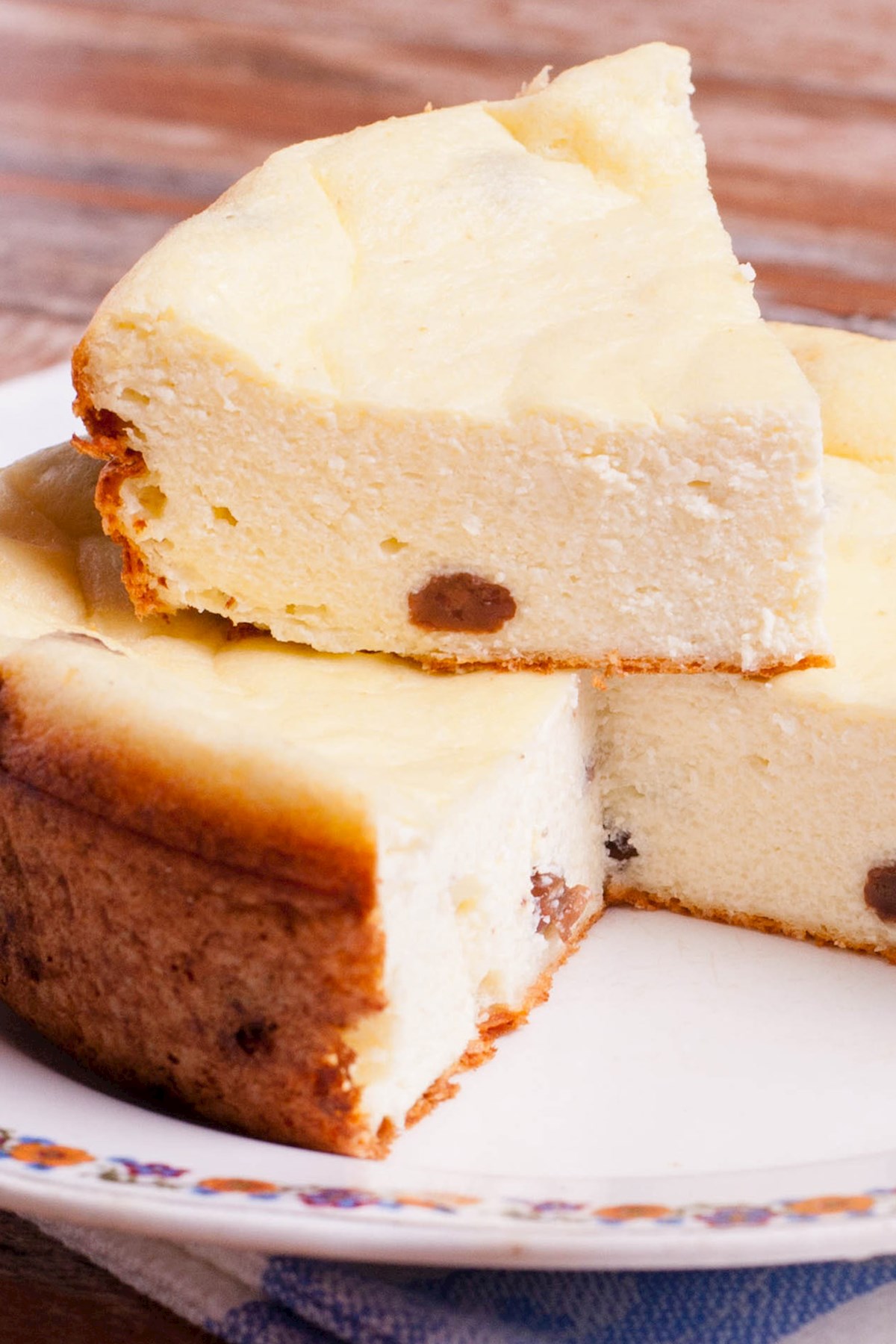 Credits: Shutterstock
Credits: Shutterstock
There are many variations of sernik, such as the Krakow sernik, the Vienna Sernik, and the Royal Sernik, which comes with a chocolate-flavored crust at both the bottom and top.
Click the link below and choose from a list of our Sernik recipes:
USA - New York-Style Cheesecake
Created in the 1950s, the New York-style cheesecake has been a New York institution for decades. It's for sure one of the must-tries when visiting the city.
The dense and heavy yet incredibly smooth cheese cream is juxtapositioned with the sponge cake bottom or a graham cracker crust.
The cheese of choice is cream cheese (or sour cream) that is mixed with heavy cream, sugar, eggs, and vanilla.
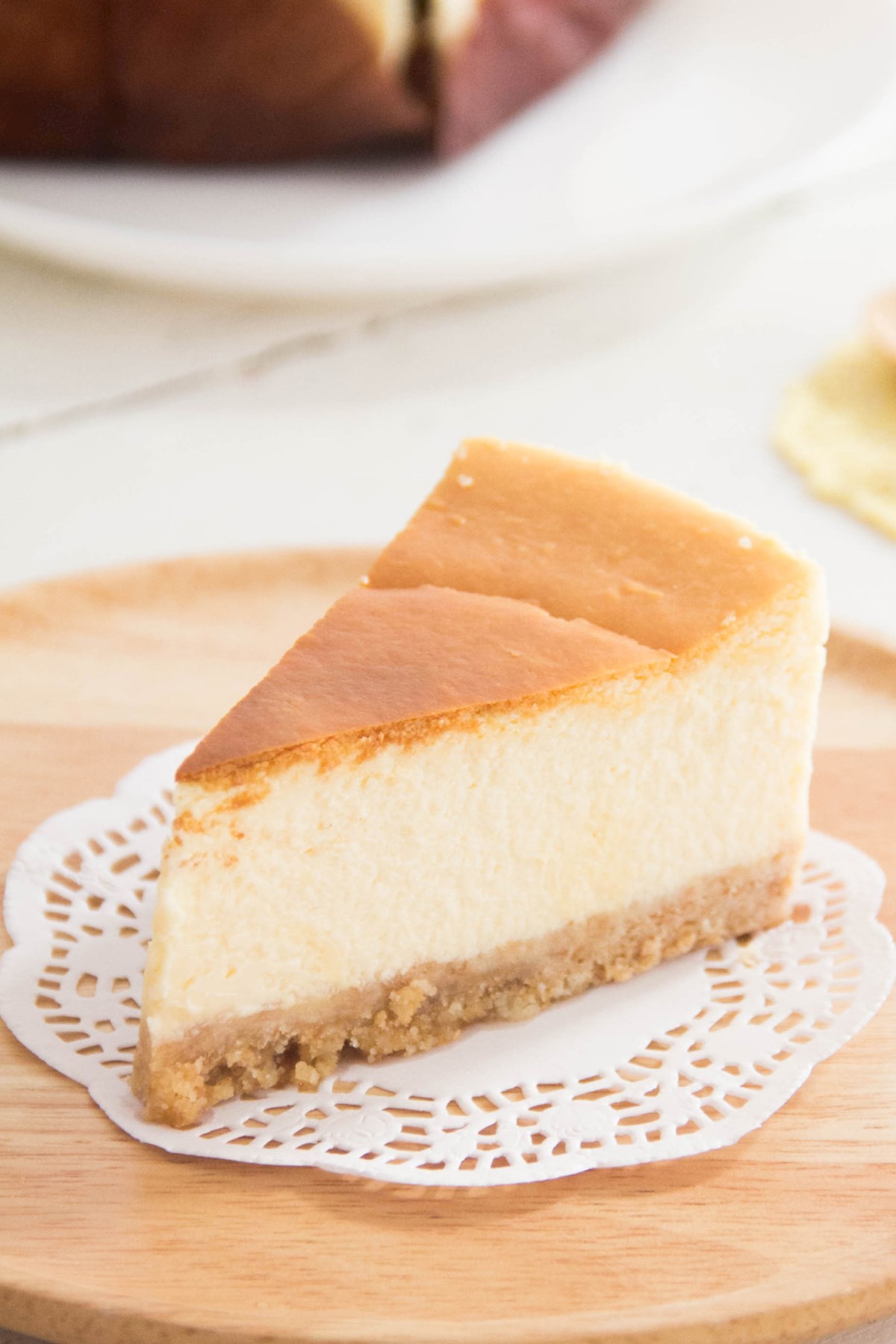 Credits: Shutterstock
Credits: Shutterstock
New York-style cheesecake was the inspiration for other cheesecakes that later developed throughout the US, such as the Philadelphia-style, the Chicago-style, and the St. Louis-style cheesecake.
You can still sample this icon at the joint that supposedly started it all, Junior’s Cheesecake, which is still open.
 Original Junior's cheesecake Credits: Junior's Cheesecake
Original Junior's cheesecake Credits: Junior's Cheesecake
Japan - Japanese Cheesecake
Woobliness is the main feature of this cheesecake, and it's what made it world-famous. For that reason, it is also known as soufflé-style cheesecake, cotton cheesecake, and light cheesecake.
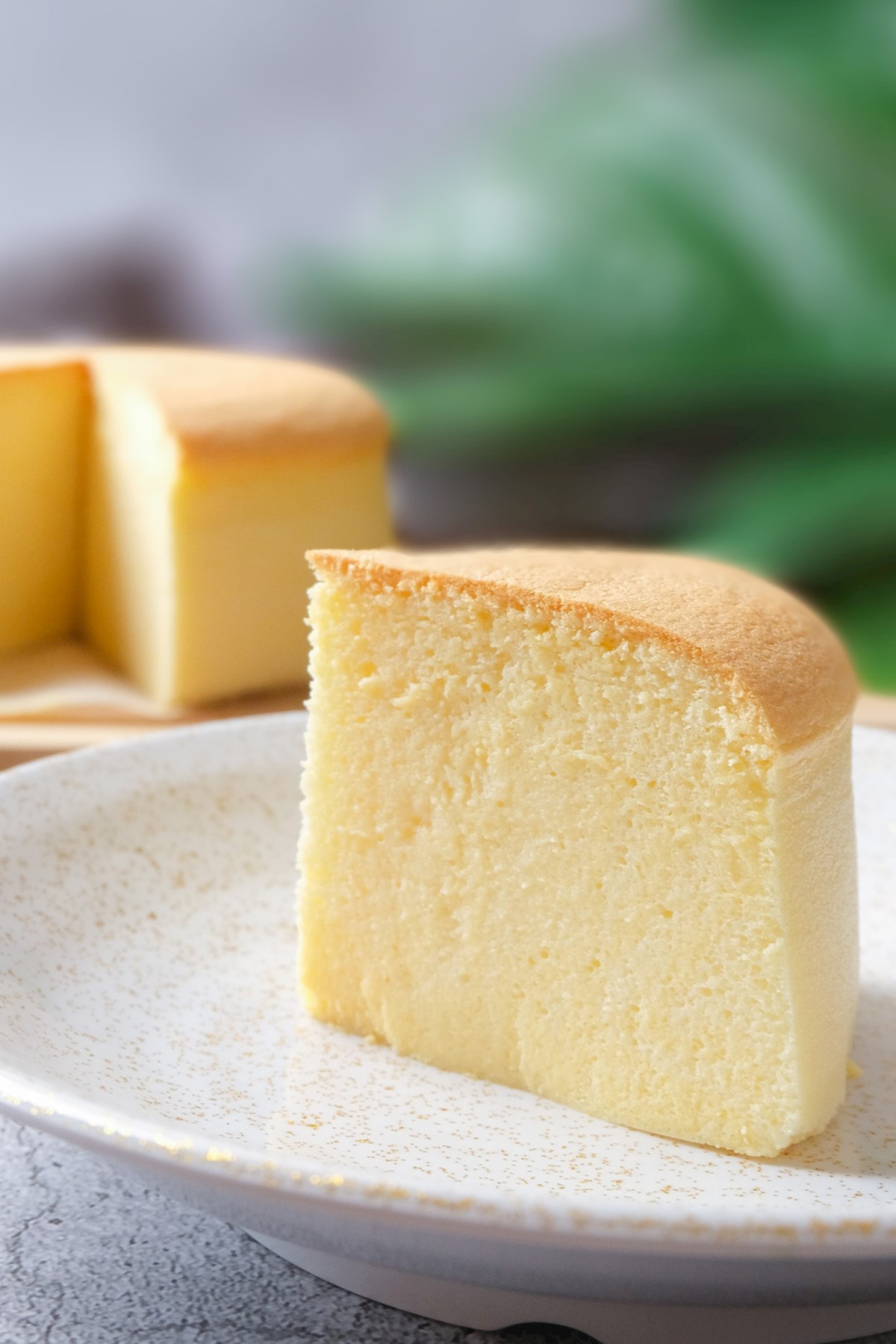 Credits: shutterstock
Credits: shutterstock
It was created in the 1960s by Japanese chef Tomotaro Kuzuno who was inspired by the German cheesecake käsekuchen.
More sponge-like and airy than most other cheesecakes, Japanese cheesecake is also less sweet. It has no crust and is made with cream cheese, eggs, butter, and sugar, its fluffy texture resulting from whipping the yolks and whites separately.
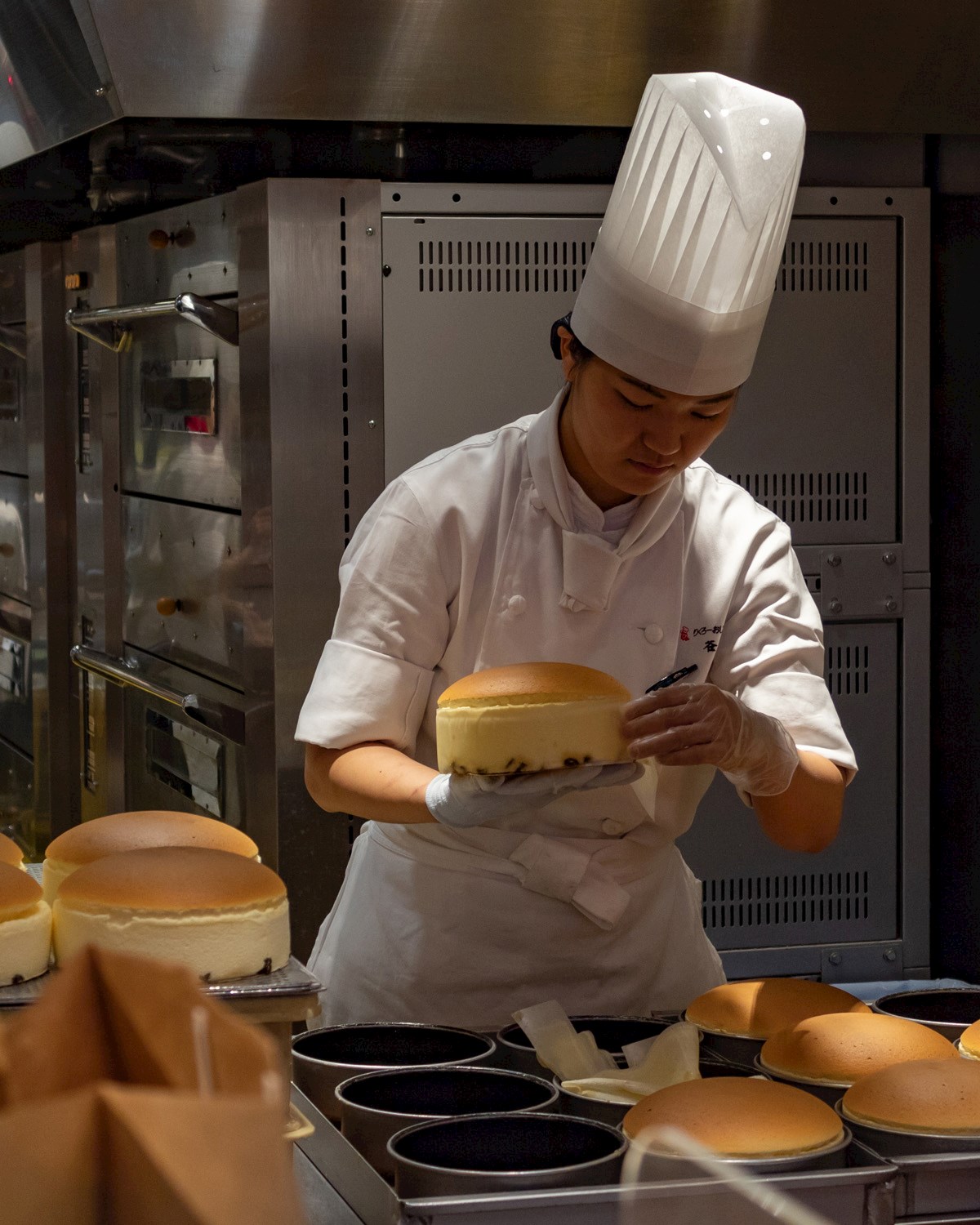 Credits: shutterstock
Credits: shutterstock
If you'd like to make it at home, click the link below:
Spain - Basque Cheesecake
Don’t let the appearance of this cake fool you! The burnt outside, responsible for the caramel-like flavor of the cake, hides smooth, custardy, and creamy inside.
It's precisely because of its burnt outside that this cheesecake was dubbed "the burnt cheesecake", a moniker it most often goes by.
It is made with only five ingredients — cream cheese, eggs, sugar, heavy cream, and a spoonful of flour — and baked at a higher temperature. That way, the top, and the side turn dark and caramelized, providing a shell that contains a soft inside.
La Viña, a small pintxo bar near San Sebastian where it was invented, is still in operation, so you can have a taste if you ever find yourself in the area.
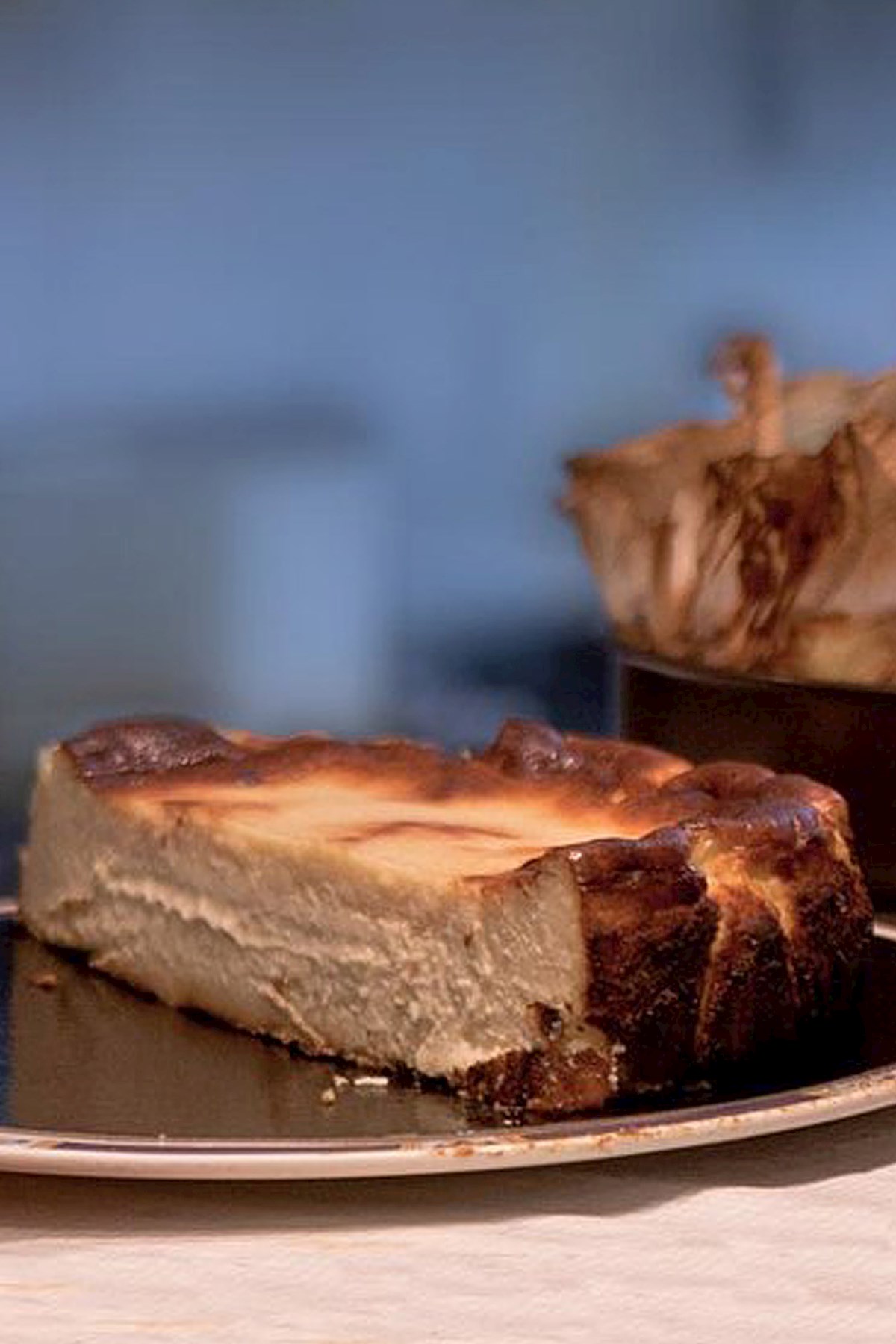 La Vina's original tarta de queso Credits: La Vina
La Vina's original tarta de queso Credits: La Vina
A little side note! On the menu, look for tarta de queso, as that's how they call it.
For the authentic recipe, click the link below:
Germany - Käsekuchen
Sweet and sour at the same time, käsekuchen has a shortcrust pastry as a base that is topped with a cream made with quark and eggs. Fruit may also be added on occasion. It is on the lighter side when compared, for example, to the American types of cheesecake.
 Credits: Shutterstock
Credits: Shutterstock
Want to sample a slice?
Click the link to find out where you can eat the best-rated käsekuchen in the world.
France - Fiadone
Named after the Italian word for flan, fiadone is the Corsican take on cheesecake. As the name implies, it resembles more flan than a cake, as it has no bottom layer and is pretty thin. Also, unlike other cheesecakes on the list, it's pretty crumbly.
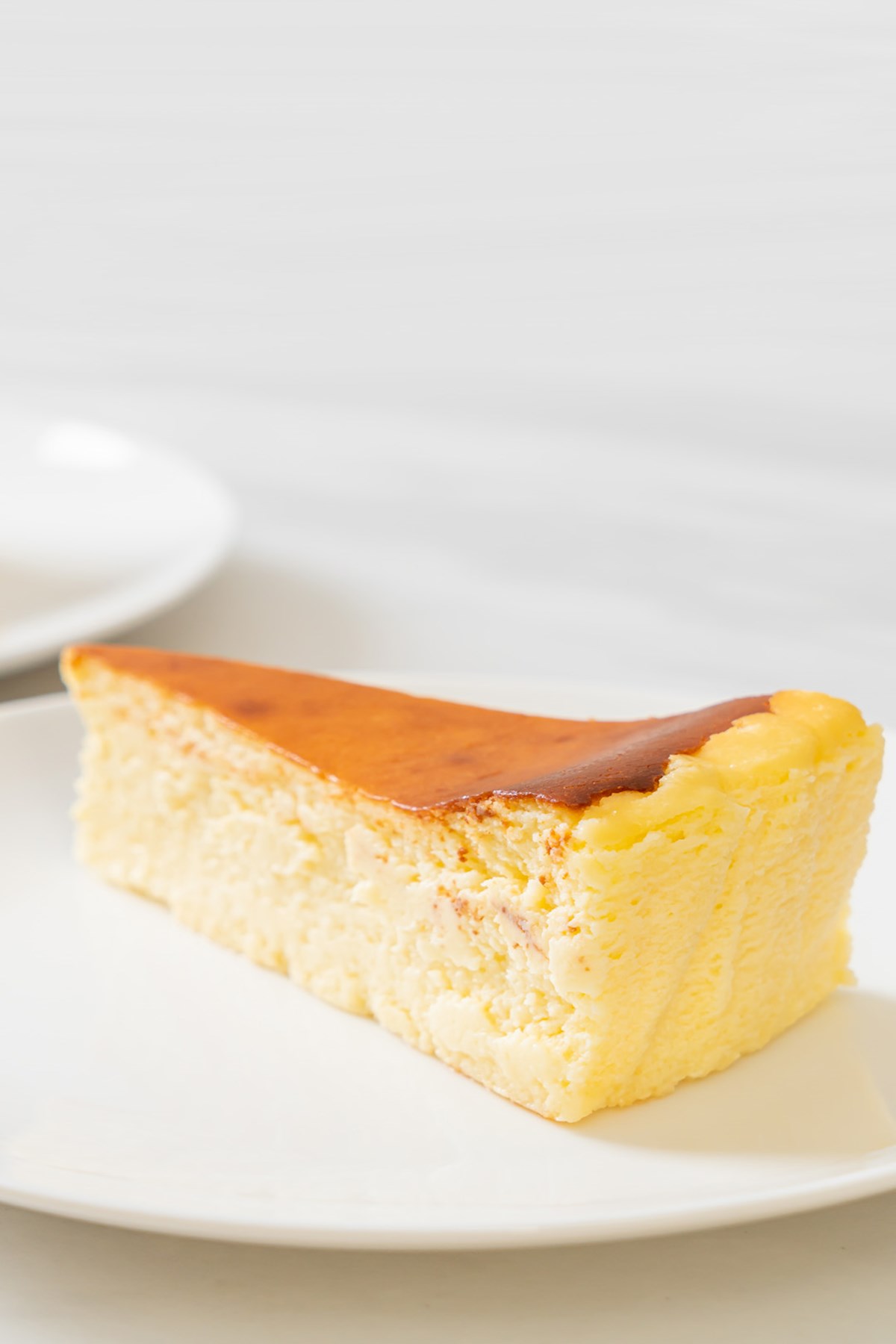 Credits: Shutterstock
Credits: Shutterstock
It is made by mixing brocciu, a fresh whey cheese made from goat's or ewe's milk, eggs, sugar, lemon zest, and lemon juice. Variations on the basic recipe include using oranges instead of lemon or adding local liqueurs.
 Credits: TasteAtlas
Credits: TasteAtlas
P.s. This is by no means a definitive list as there are numerous other cheesecakes in the world. If you'd like to investigate more, here's a link with more information.
Check out the cheesecakes of the world!
